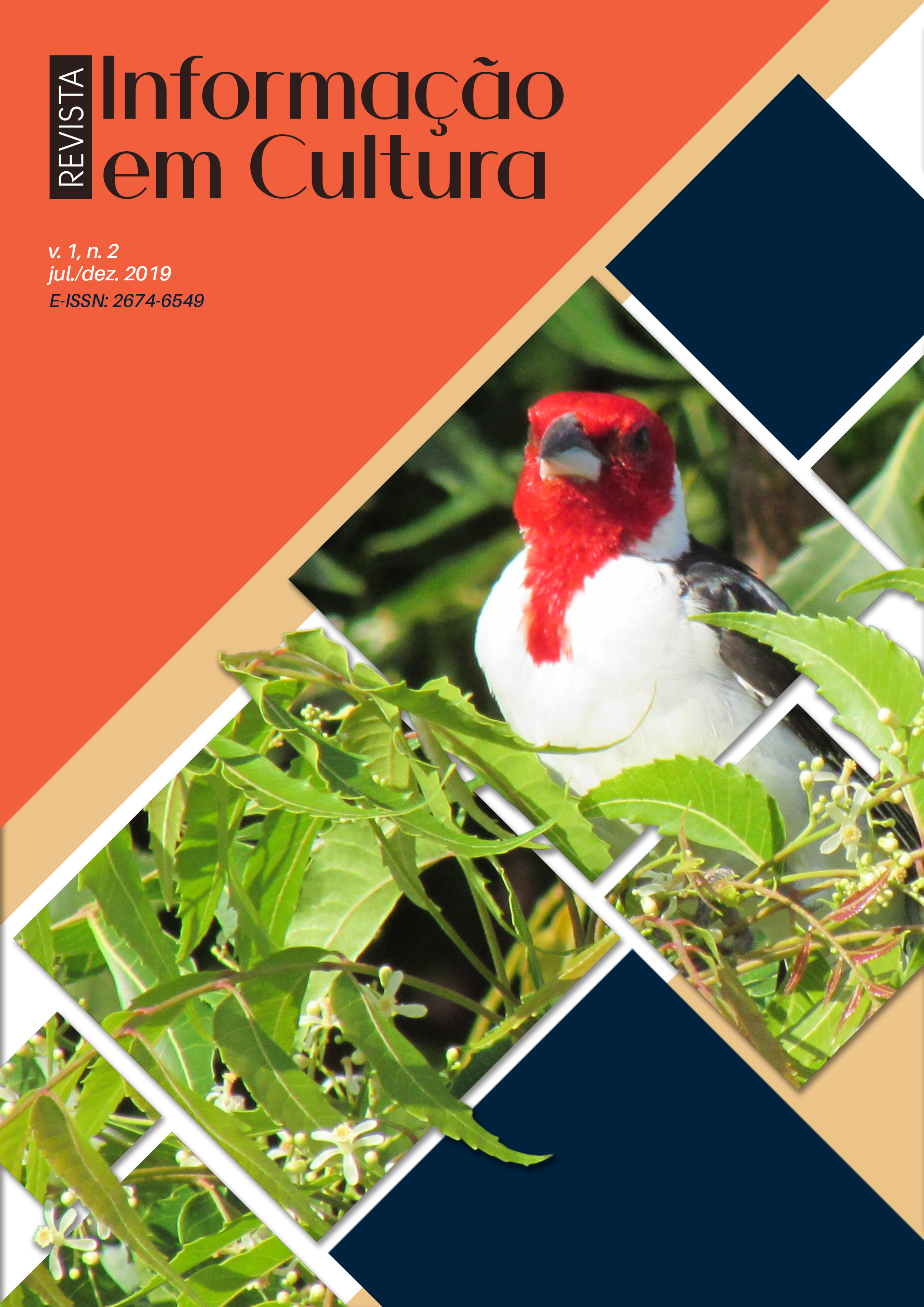Tecnologias digitais da informação e comunicação na alfabetização e letramento dos pueri digitales
práticas leitoras na tenra idade
DOI:
https://doi.org/10.21708/issn2674-6549.v1i2a8580.2019Palabras clave:
Tecnologias Digitais da Informação e Comunicação, Alfabetização, Letramento, Pueri digitales, Práticas leitoras, Information and Communication Digital Technologies, Alphabetization, Literacy, Reading practicesResumen
Português
A aproximação entre o homem e a cultura digital acontece cada vez mais cedo, visto que hoje, não raro, têm-se crianças usando os dedinhos para clicar, conectar e baixar aplicativos advindos dos aparelhos digitais, como fonte de prazer e de aprendizagem, conforme defende Alves (2014), quando cognomina o termo pueri digitales, ao referir-se a esses sujeitos. Neste estudo, objetiva-se analisar a importância do reconhecimento das relações entre Tecnologias Digitais da Informação e Comunicação (TDIC) e práticas pedagógicas no processo de alfabetização e letramento da criança, fase que ocorre entre três e seis anos de idade, nas etapas finais da Educação Infantil e anos iniciais do Ensino Fundamental. Através de uma pesquisa bibliográfica, de caráter qualitativo, além de Alves (2014), recorre-se às leituras de Almeida; Valente (2011), Barton; Hamilton (1998), Braga (2013), Buzato (2006, online), Chartier (1998; 2007), Folque (2011), Lévy (1999), Moran (2000), Veen; Wrakking (2009), entre outros, que auxiliaram, na tessitura das ideias aqui apresentadas, buscando tornar nítidas as fronteiras de aproximação entre TDIC e prática pedagógica no processo de alfabetização e letramento dos pueri digitales, e desse modo, articulando as redes da aprendizagem da leitura e da escrita com os recursos disponíveis no mundo tecnológico e midiático.
Palavras-chave: Tecnologias Digitais da Informação e Comunicação. Alfabetização. Letramento. Pueri digitales. Práticas leitoras.
Inglês
The approach between man and digital culture happens at an earlier age, considering that generally, there are children using the fingers to click, connect and to download applications of digital devices as a source of pleasure and learning as argued Alves (2014), using the term “pueri digitales”, for to refer to these subjects. This study aims to analyze the importance of recognizing the relationship between Information and Communication Digital Technologies (TDIC) and pedagogical practices in the process of alphabetization and child literacy, the phase that occurs between three and six years old, in the final stages of early childhood education and early years of elementary school. Based on the bibliographical research, in a qualitative way, we have Alves (2014), refers to the Almeida readings; Valente (2011), Barton; Hamilton (1998), Braga (2013), Buzato (2006, online) Chartier (1998; 2007), Folque (2011), Levy (1999), Moran (2000) Veen; Wrakking (2009), among others, who assisted in the tessitura of the ideas presented here, seeking to make clear the approach boundaries between (TDIC) and pedagogical practice in the literacy process and literacy of “digitales pueri”, and in this way articulating the learning networks reading and writing with the resources available in the technology and media world.
Keywords: Information and Communication Digital Technologies. Alphabetization. Literacy. Pueri digitales. Reading practices.





